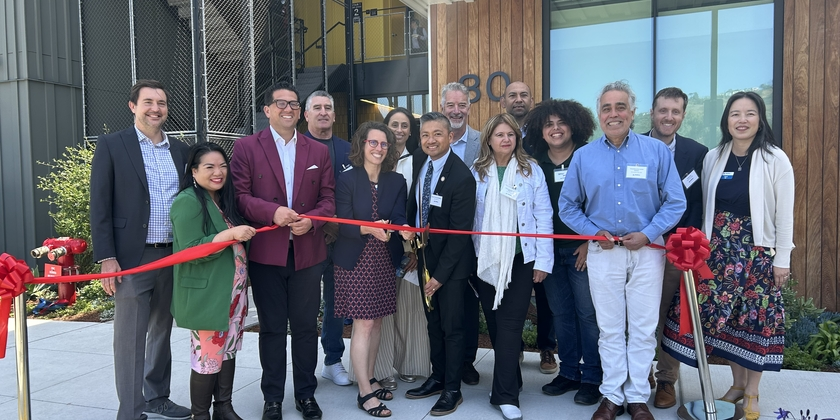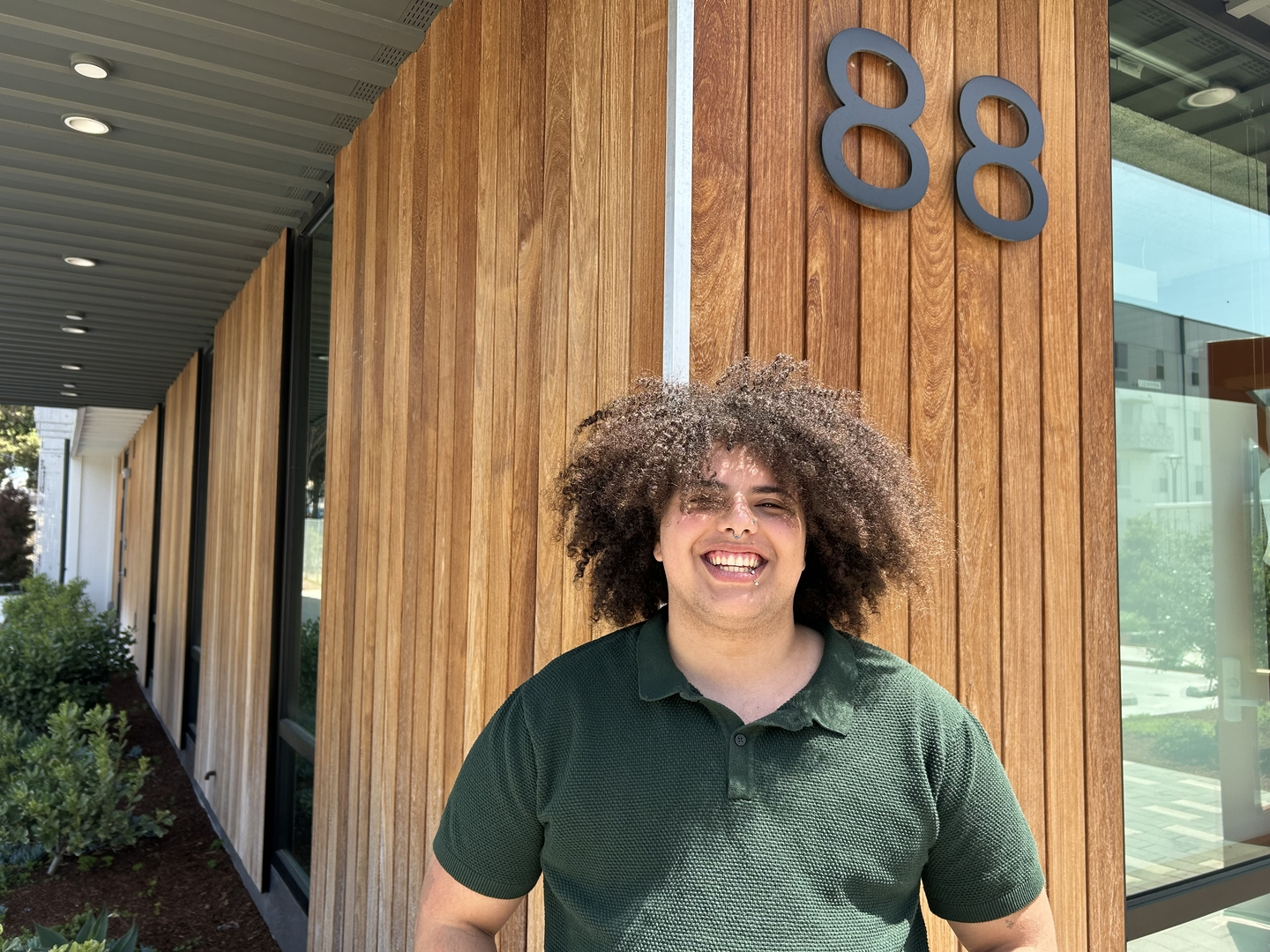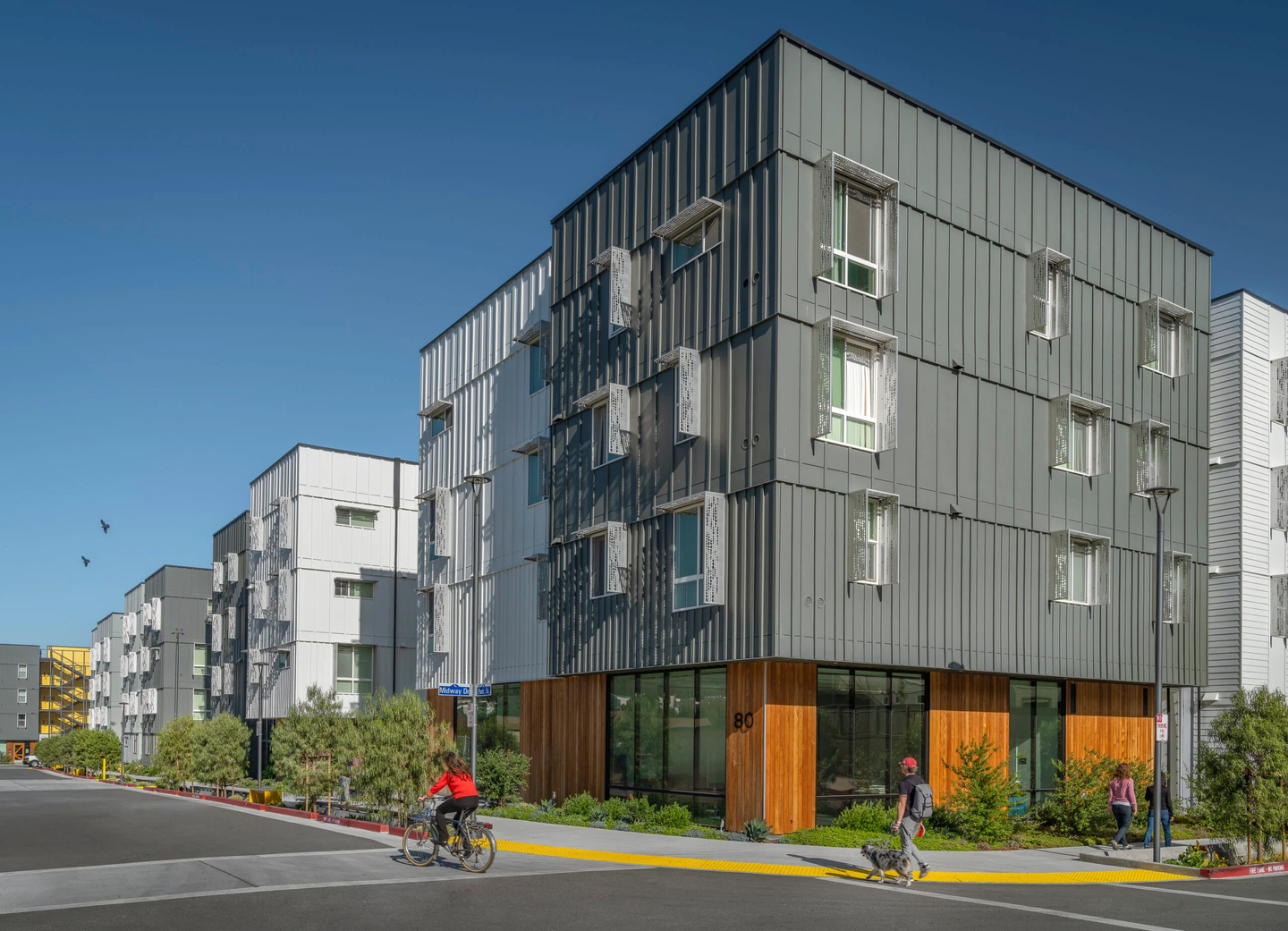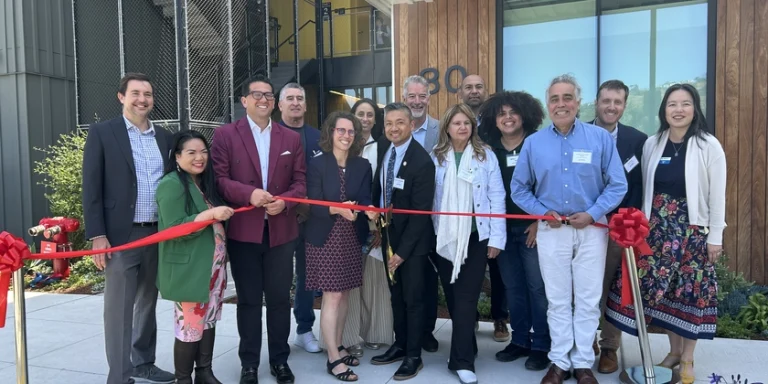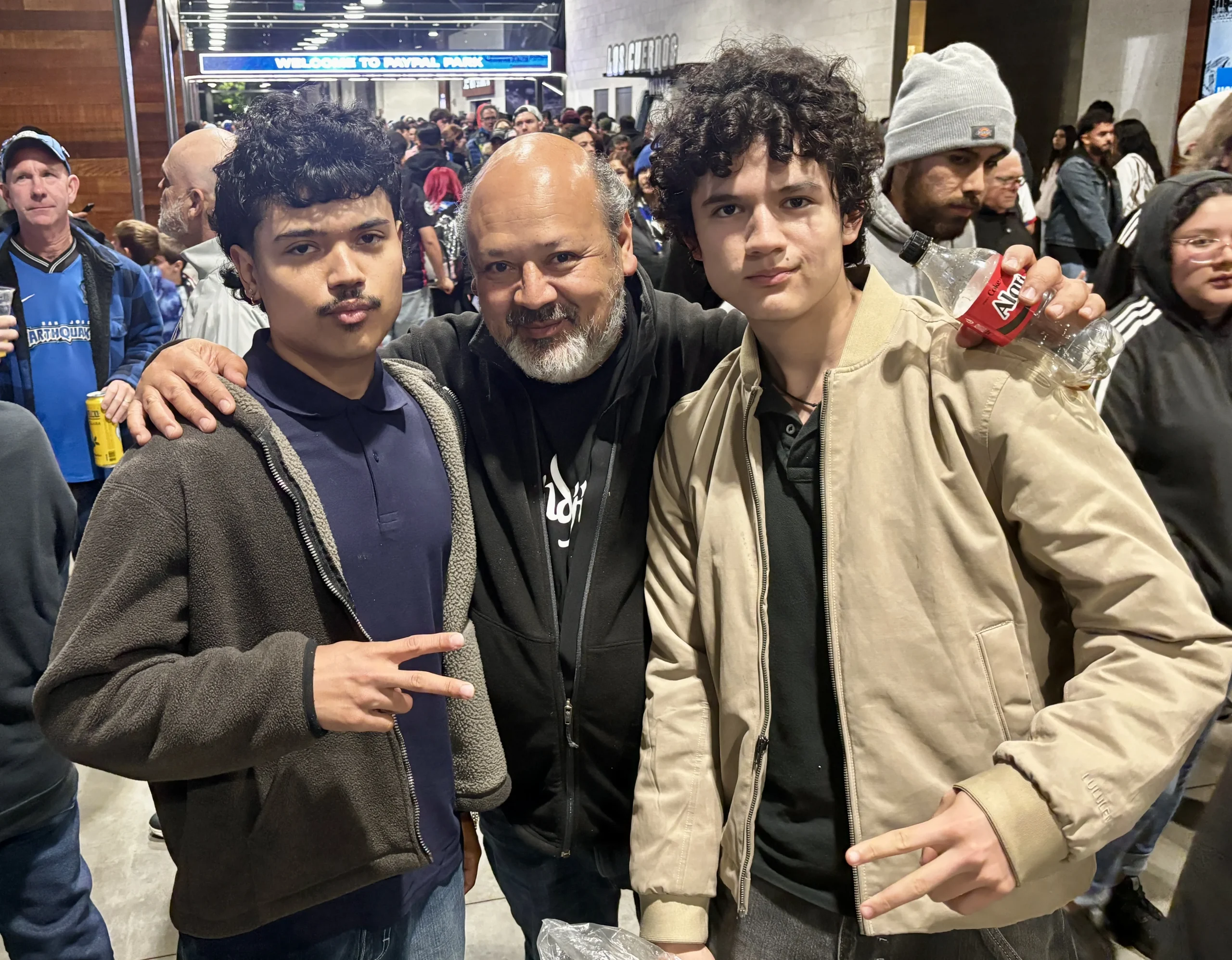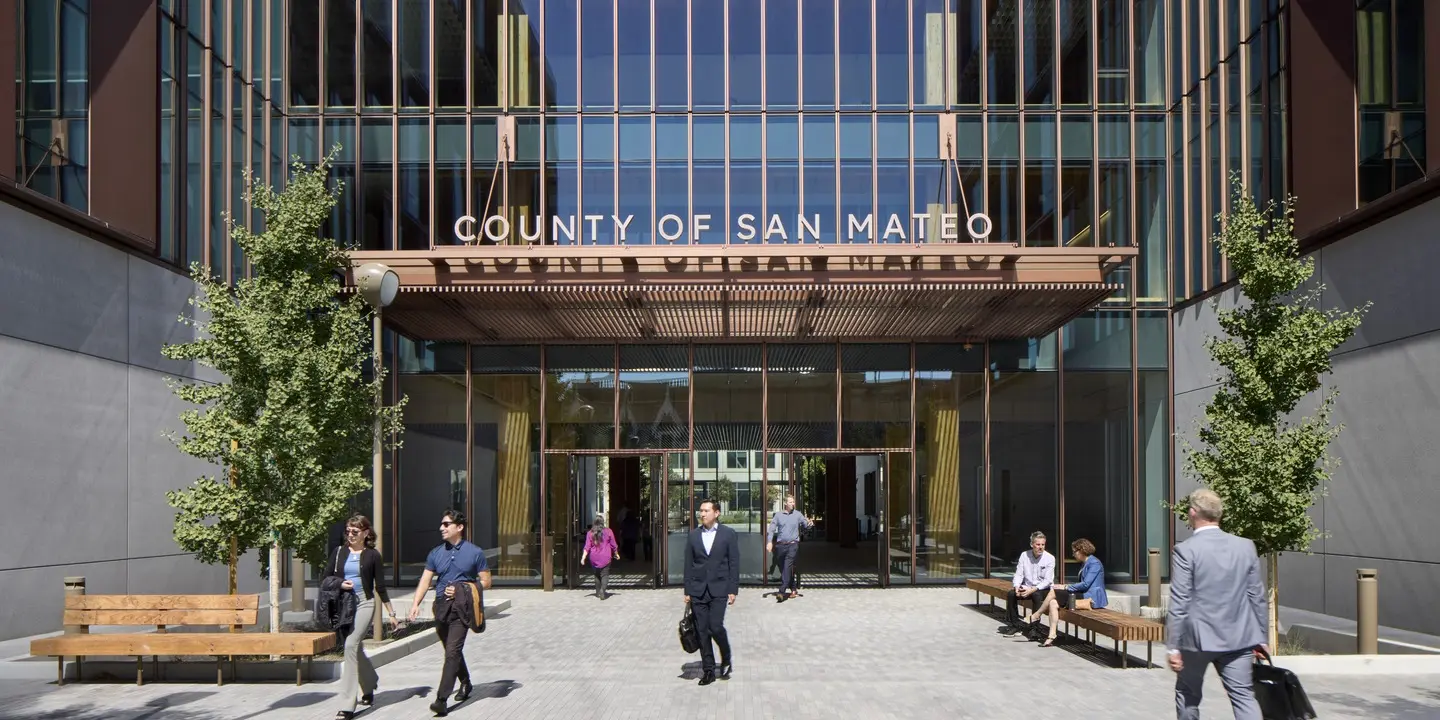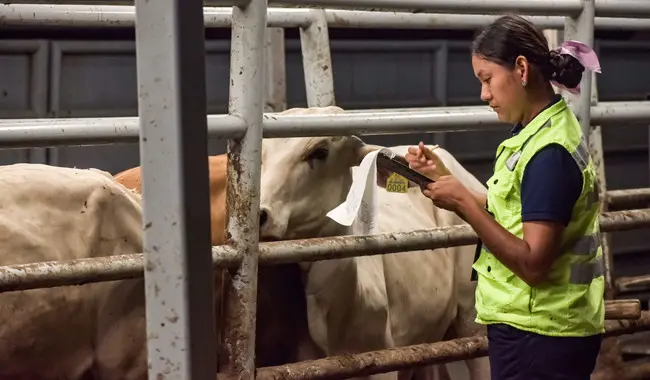Cada día, México pierde más de 11 millones de dólares por la suspensión de importaciones de ganado vivo determinada por el Departamento de Agricultura de Estados Unidos. Al país le urge contener el resurgimiento de la plaga del gusano barrenador y revertirlo, en primer lugar por interés propio y después, para complacer al gobierno del país vecino.
El tratamiento que está recibiendo de él, sin embargo, parece reflejar un sentimiento de que México en el fondo no quiere enfrentar el problema, que preferiría evadirlo o que no le importan las molestias que les causa a sus socios del norte.
El 30 de abril se llegó a un acuerdo que la administración Trump consideró que satisfacía sus exigencias, pero solo le tomó 11 días usar su prerrogativa -reconocida en el mismo documento- de cerrar la frontera durante 15 días a vacas, caballos y bisontes mexicanos en caso de valorar que el problema estaba creciendo. En términos de días hábiles, no necesitó más que siete para mover las fichas de vuelta a la casilla de salida.
Esto se da en un contexto en el que el mundo sigue buscando la manera de entender las decisiones de política comercial de la Casa Blanca, y en el que México, por su situación de vecindad y estrechísima vinculación, está siendo particularmente afectado.
Solo en las últimas semanas, gestos como la imposición de aranceles al acero y el aluminio y algunos productos agrícolas mexicanos; la realización oculta de acuerdos -con su ejecución unilateral e igualmente escondida- con la facción criminal de Los Chapitos, que tienen un fuerte y sangriento impacto en el orden público; las acciones preventivas no oportunamente informadas ni aún explicadas contra figuras de alto perfil, como la gobernadora de Baja California; así como las mencionadas restricciones por el gusano barrenador, han generado la percepción de que muchas de estas medidas no son aisladas o independientes entre sí, y tienen un carácter político, con la intención de generar presión sobre México.
De ahí que exista un malestar que atraviesa a todos los sectores de la sociedad mexicana, desde los sociales y económicos hasta los políticos, pues en estos temas, la oposición ha superado las animadversiones para cerrar filas con la presidenta Sheinbaum.
Y es por eso que la mandataria, quizás arriesgándose a mellar su fama ya global de mantener el temple y la cabeza fría, este lunes haya endurecido un poco el tono retórico al manifestar su inconformidad con la decisión “injusta” de Estados Unidos, atribuyéndola más a motivos políticos que sanitarios -por causa de la justa electoral estadounidense de 2026-, insistiendo en que “ni hay subordinación ni tampoco podemos estar a lo que se diga cada día” y recordarndo a quien lo necesite que “México no es piñata de nadie”.
Acuerdo y golpe
El gusano barrenador, o mosca del Nuevo Mundo (Cochliomyia hominivorax), es una plaga devastadora que afecta al ganado, la vida silvestre y, en raros casos, a los humanos, causando infecciones graves y potencialmente fatales. Esta enfermedad fue erradicada en Estados Unidos en la década de 1960 y en México en la de 1970, gracias a esfuerzos conjuntos que incluyeron la Técnica de Insectos Estériles, que libera moscas estériles para prevenir la reproducción. Sin embargo, en los últimos años, ha resurgido en Centroamérica, con casos documentados en Panamá, Costa Rica, Nicaragua, Honduras, Guatemala y, más recientemente, en el sur de México, particularmente en Chiapas y Tabasco.
El 30 de abril, la secretaria de Agricultura de E.U., Brooke Rollins, anunció un acuerdo con México para reanudar los esfuerzos de erradicación: México eliminaría las restricciones sobre las aeronaves del Departamento de Agricultura de EU involucradas en el control de la plaga y eximiría de aranceles los equipos necesarios, como moscas estériles y partes de aviones. Como resultado, los puertos estadounidenses permanecerían abiertos para las importaciones de ganado.
Pero el 11 de mayo, la secretaria Rollins anunció la suspensión inmediata de las importaciones de ganado vivo -vacas, caballos y bisontes- citando la “propagación continua y rápida hacia el norte” del gusano barrenador, porque se reportaron detecciones recientes en granjas remotas con movimiento mínimo de ganado en Oaxaca y Veracruz.
Una hemorragia económica para México
La plaga ha causado un impacto directo en el sector ganadero mexicano, que es crucial para las exportaciones y la seguridad alimentaria. Las pérdidas se iniciaron con una primera suspensión que empezó el 22 de noviembre de 2024, tras la detección de casos en la frontera sur. Según un informe del diario El País, del 15 de diciembre, las pérdidas semanales en Chihuahua ascendían a entre 25 y 30 millones de dólares debido a la imposibilidad de vender 110 mil becerros, mientras que en Durango se estimaban en 7 millones de dólares -también por semana-, afectando la exportación de 5 mil becerros.
Además, ese reporte advirtió que, en caso de un brote severo, el costo de erradicación podría llegar a los 830 millones de dólares, y si la plaga se extendiera a E.U., las pérdidas anuales podrían ser de mil millones de dólares, afectando gravemente el comercio mexicano.
La medida fue levantada el 1 de febrero, tras la implementación de un protocolo de inspección y tratamiento previo a la exportación para prevenir la entrada del gusano barrenador a E.U.
Con la nueva suspensión, ahora en vigor -según informó el secretario de Agricultura de México, Julio Berdegué-, las pérdidas alcanzan 11 millones 400 mil dólares diarios.
Para México, es urgente contener esta hemorragia económica.
Medidas de combate
Desde junio de 2024, la Secretaría de Agricultura ha destinado más de 167 millones de pesos a acciones estratégicas para prevenir, controlar y erradicar la plaga, gracias a lo cual pudo mantener su estatus de país libre de gusano barrenador, adquirida en 1991:
- Se realizan baños de aspersión con productos larvicidas.
- Se establecieron tres puntos de inspección, con unidades móviles para rutas alternas, como parte de las barreras sanitarias en la zona sur, especialmente en Chiapas, Oaxaca y Veracruz. En ellos, además de la aspersión de larvicidas, se realizan verificaciones para asegurar que el ganado haya sido tratado, posea certificados de baño y esté debidamente sellado.
- Se realizan diagnósticos asistidos con imágenes electrónicas, que sirven para la identificación temprana de la parasitosis, lo que permite mitigar riesgos con una respuesta rápida.
- Han sido liberadas, hasta el momento, 885 millones de moscas estériles desde el 30 de noviembre de 2024, en colaboración con el Servicio de Inspección Sanitaria de Animales y Plantas de E.U.
- Se emitieron directrices para fortalecer la bioseguridad en las unidades de producción, controlar las importaciones de ganado desde países afectados y tratar las heridas de los animales de manera oportuna para prevenir infestaciones.
Además, este martes, el secretario Berdegué dijo que, para salvar los problemas logísticos que genera que las moscas provengan de una planta en Panamá (después se acondicionan y liberan en centros de empaque en Tuxtla Gutiérrez y Tapachula, Chiapas), México le propuso a Estados Unidos la construcción de una fábrica en la frontera con Guatemala, y sigue esperando respuesta.
Quince días para valorar
“México está haciendo el 100 por ciento de lo que hemos acordado con Estados Unidos”, añadió Berdegué, y anunció que se hará más: “Vamos a hacer un barrido desde el Golfo de México hasta el Pacífico, a la altura de Veracruz, hasta llegar a Oaxaca y sur de Guerrero, visitando el 100% de los ranchos e inspeccionar”.
Dijo que después de los 15 días de inspección, el Departamento de Agricultura estadounidense tendrán que evaluar los avances.
El riesgo es que, más allá de la visión estrictamente técnica, se siga infiltrando el juego político en su toma de decisiones. En tal caso, México tendrá que repetir con mayor fuerza que quiere que lo saquen de sus disputas electorales y la presidenta deberá calcular cuál es el tono en el que el país puede ser mejor escuchado, incluso si necesita ser un poquito menos cortés.
More from the author: Los señores de las campañas sucias #TelevisaLeaks también operaron el giro pro-Trump de Univision MUNDOA
